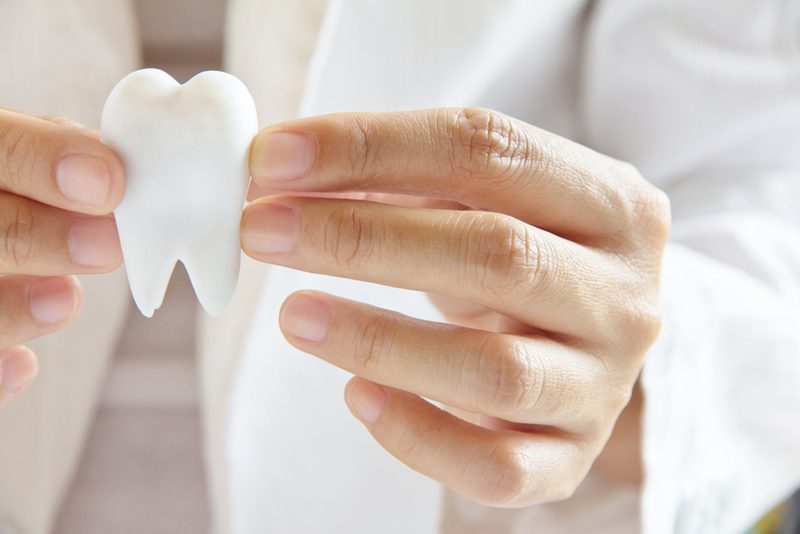There are dozens of different facets to dentistry, ranging from cosmetic treatments such as teeth whitening right through to surgical solutions. One of the most important parts of what dentists do is to ensure that a patient's teeth are protected against any and all problems that may arise.
This protection doesn't just apply to perfectly healthy teeth though, as a damaged tooth needs just as much looking after, and in some cases far more to ensure that further problems are avoided. This is where restorative dental crowns come in.

What is a crown and when do I need one?
To put it in simple terms, a dental crown is a small cap (hence the name) that sits over the top of an existing tooth and is cemented into place. The crown will be made from a mould of the existing tooth, so in terms of shape and size, it will be very similar to the original. This is important, because the purpose of a crown is often to increase the strength of the tooth when it has become compromised by decay or cracks.
Crowns are also used for aesthetic reasons, and provide an excellent way to cover misshapen or discoloured teeth as well as ones that have been heavily filled. The wide range of solutions a crown provides makes them one of the most common dental procedures performed worldwide, and millions are produced every year. In fact, dental crowns are one of the most established treatments around, and have been utilised since the late 1800s. The aesthetic quality and strength provided by a crown remains one of the best ways to take care of damaged teeth and make them look visually appealing.

What are they made of?
The crowns themselves can be made from various different substances, and the type depends on the desired application as well as the required strength. Ceramic crowns (sometimes referred to as porcelain) are used for restoring front teeth, as their colour allows them to easily blend with the rest of your smile.
In situations where more strength is required, porcelain-fused-to-metal crowns, invented by Abraham Weinstein in the 1950s, will be used, and the added benefit of a metal structure that makes them very durable. Fully metal crowns are also an option, and are often used in the back of the mouth where a porcelain appearance isn't necessary.
While crowns are very durable, sometimes lasting well over a decade, it's important to treat them with the same care and attention as any other tooth to ensure that your pearly whites always look in mint condition.
